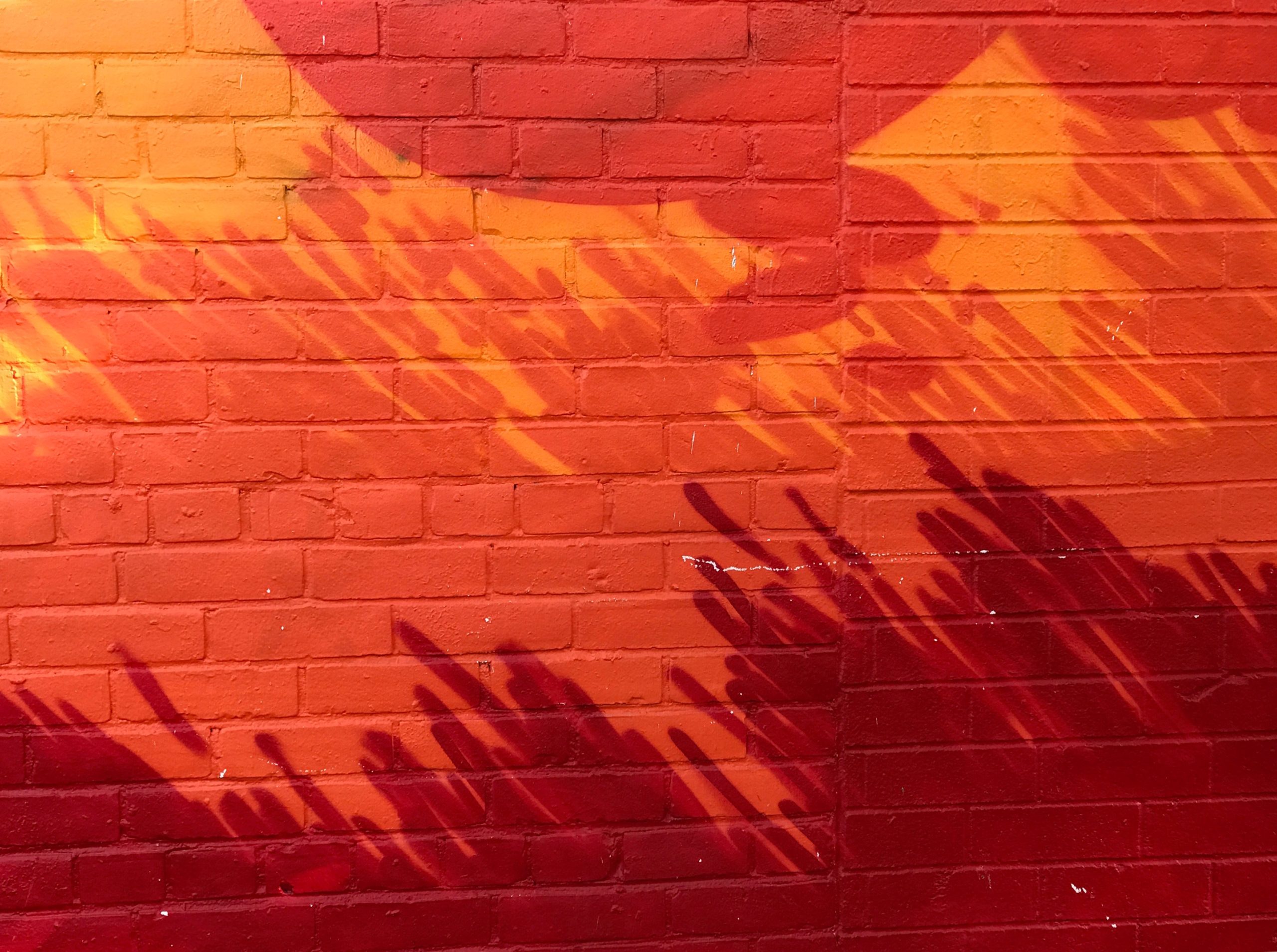Logging In
Your WordPress site’s back-end or “administration area” is where content creation and editing happens. The default location for your back end is http://yourWebsite.com/wp-admin (replace “yourWebsite.com” with the address of your website).
Enter the username and password provided by your web developer.
Creating and Editing Pages
After logging in you’ll see the administration dashboard and a left-column menu.

Click Pages or sub-menu All Pages to see a list of existing pages. Click sub-menu Add New to create a new page.
To edit an existing page, hover over the Page Title (e.g. Home in the sample image at left) in the list of pages to see editing links. Click Edit to modify the specified page.

Using the WordPress Block Editor
Blocks
Blocks are the components for adding content in the new WordPress block editor. These individual blocks allow you to create much more complex page designs by connecting them together just like legos!
There are many different block types available for you to use. Like text, images, videos, tables and so many more.
The basic anatomy of a single block consists of a toolbar, a settings sidebar, and content.

Toolbars
Each block comes with its own toolbar which appears on top of the block. The buttons in the toolbar would change depending on the block you are editing.

In this example, the block is a regular text block. The toolbar for this block allows us to make changes the same way we would in a text editor.
Block Sidebar
Apart from the toolbar, each block can also have its own block settings which would appear in the right column of your edit screen.

Adding a Block
To add a block click on the + Add Block button. The Add Block button will pull up The Block Menu.

The Block Menu
The Block Menu allows you to select a block a use. Individual blocks will be organized under different categories.

Commonly Used Blocks & How to Use Them
There are several types of blocks that we will be focusing on for this tutorial. These blocks make up the majority of content on your website and you will use them the most.
Images
To insert an image into your content you can use the image block.
Click the Add Block button to navigate to the Block Menu. You can use the search function or scroll through the blocks until you find it. Once you select the image block you will have several different options for choosing your image.

You can upload the image directly from your computer by clicking the Upload button or dragging and dropping the image onto the screen.
You can also choose a previously uploaded image from your site’s media library by clicking on the Media Library button.
Text Blocks
The WordPress Block Editor uses several different types of blocks to create content. We will be focusing on the most useful ones.
Heading
The Heading text block will allow you to create a variety of titles and subtitles for your page. Use the Add Block button to select the Heading Block and add it to your page.
You can customize your Heading by using the block’s toolbar or settings sidebar.
To change the size of the heading select Heading Settings and pick any Level betweeen H1 and H6.
To change the color, select Color settings. You can select any of the pre-picked Text Colors shown or to create a custom color click on the Custom color link.

Paragraph
The paragraph block is the default writing block for the WordPress Editor. You can find it in the block menu or you can simply hit the enter key to, quite literally, start a paragraph.
Just like in the heading block, you can adjust font sizes and color settings in the sidebar.
List
To create a numbered list or use bullet points you will want to select the List block. Most of the changes that can be made with this block can be found in the toolbar.
You can change your list between numbers and bullet points, make indentions, or make regular text edits in the toolbar.
Spacer
The Spacer block will be the most important block aside from text blocks when creating content. This block simply creates space between two other blocks. This is especially important when dealing with text blocks.
To change the size of your spacer, grab the blue dot with your mouse and drag to the desired height. You can also enter height in the Spacer settings in your sidebar.

Links
Creating links is not a block but will be a very important skill when dealing with blocks. Links can be created and used with any block that uses text.
To create your link select the piece of text that you wish to use.

Once you have selected your text click on the link button in the block’s toolbar.
This will open up a field box for you to create your link.


Copy the url/web address that you want to link your page to. Paste the url into the url field of the link box.
A rule of thumb on most websites is to open a link in a new tab if it directs your user off of your website. To enable your link to do this, just click on the Open in new tab button to turn this feature on.



To create your link click on the Submit button in the url field of the box.

Your link should look like this.

Moving a Block
To move a block you will need to have it selected. On the left side of the block is a bar with arrows.
To move the block up one space click on the Move up button.
To move the block one space down click on the Move down button.
You can also move the block wherever you want by grabbing the middle of the bar with your mouse and dragging.



Removing a Block
To remove a block click on the More options button in the block’s toolbar. Scroll to the bottom of the More options dropdown and click on the Remove Block button.


Publishing or Updating a Page
Once you have finished making edits to your page you can save your changes by clicking the blue Update button in the pages menu bar at the top of the page.



Comments are closed